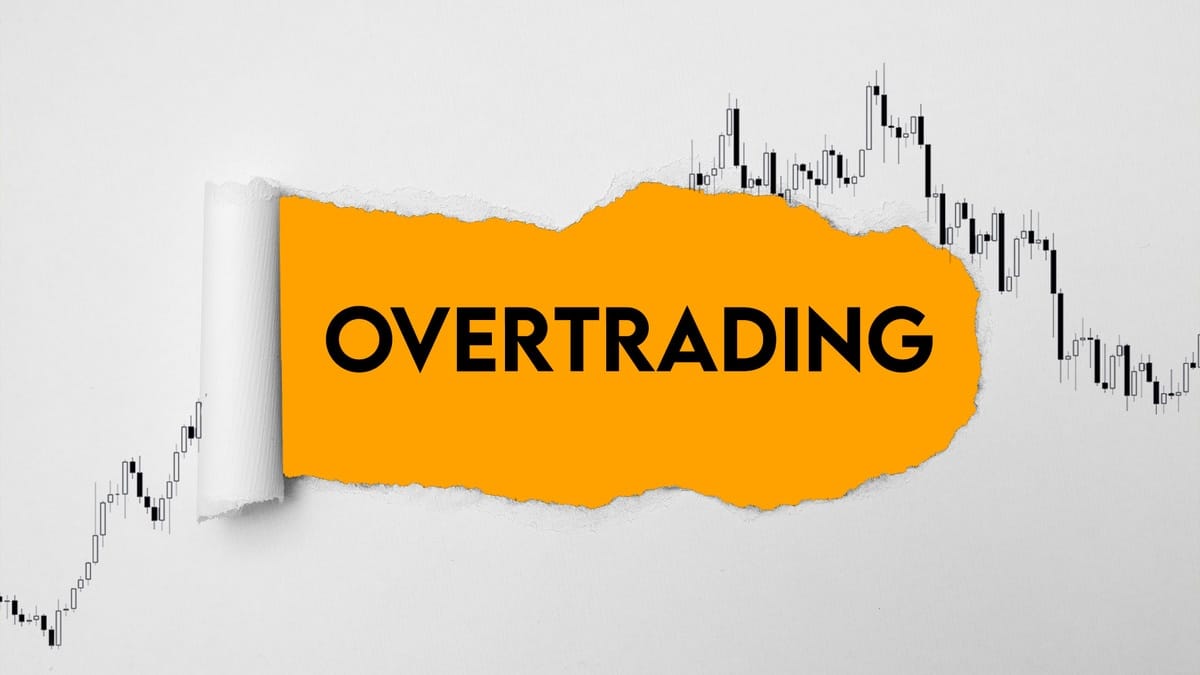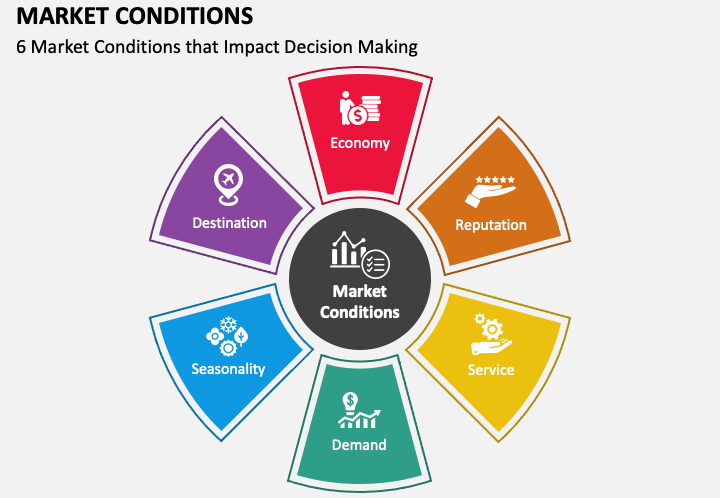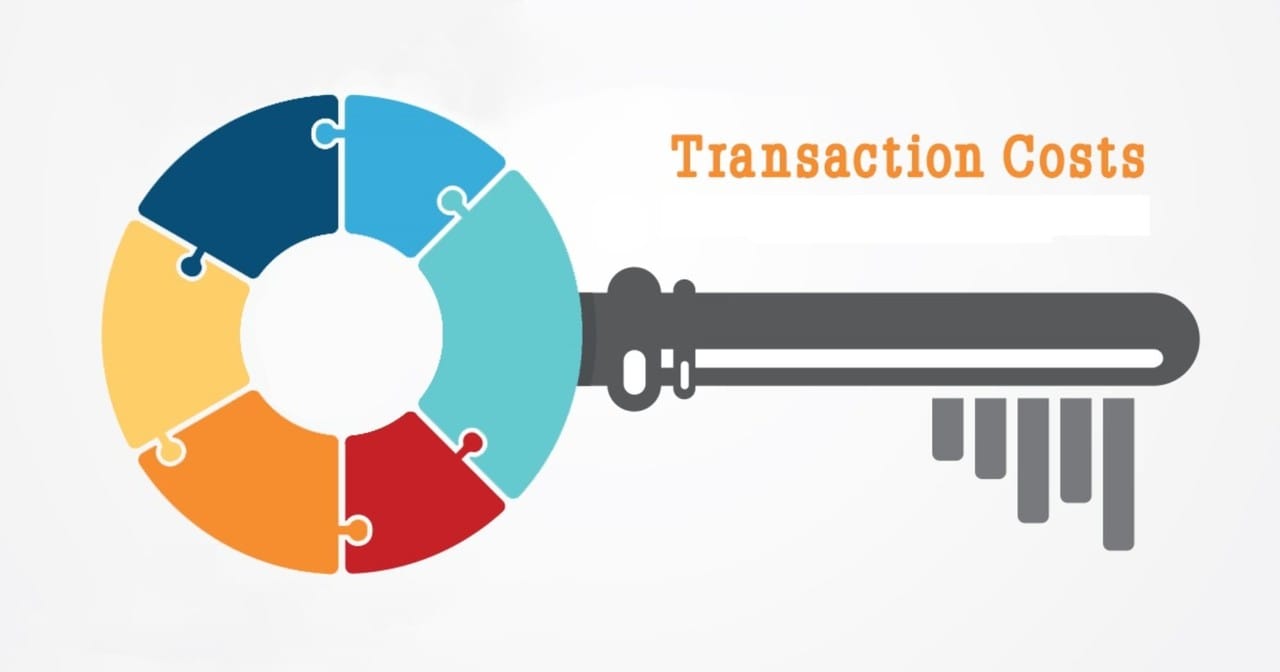Six Common Mistakes New Day Traders Make and How to Avoid them?

Day trading can give you some high-impact trading strategies which can result in some quick profits, but it's also a high-risk endeavor. Many new traders dive into the market without fully understanding the challenges that lie ahead.
To help you navigate the complexities of day trading, we've identified six common mistakes that often trip up beginners. By understanding these pitfalls and implementing effective strategies, you can increase your chances of success.
Six Common Trading Mistakes of Beginners
Here are some common pitfalls that new day traders often encounter;
1) Lack of a Solid Trading Plan

Alright,
So we know that a trading plan is essentially a roadmap for your trading journey.
But what does a trading plan include?
See,
A well-defined trading plan should include your Goals, What do you aim to achieve through day trading? Is it to supplement income, replace a full-time job, or something else?
Then, your Risk Tolerance. How much money are you comfortable losing in a single trade or over a specific period? Understanding your risk tolerance helps you determine appropriate position sizes.
A well-defined trading plan also includes information about your Entry/Exit Points of trades. Clearly defined rules for when to enter and exit a trade. These rules should be based on technical analysis, fundamental analysis, or a combination of both.
It should also include information about your Money Management. How will you allocate your capital? This includes determining position size, stop-loss orders, and take-profit levels.
Alright,
Then how can you build your own trading plan?
See,
Every trader is unique, with different goals, risk tolerances, and trading styles. Therefore, a successful trading plan must be personalized.
and how do you personalize your trading plan?
By Considering the following factors
Number 1, Your Trading Style. Are you a scalper, day trader, or swing trader? Each style requires a different approach.
Number 2, you need to decide on your time Commitment. How much time can you dedicate to trading? This will influence your trading strategy and frequency. for example day trading may require more time commitment than a long-time investor.
And Number 3, Your Risk Tolerance. Are you a conservative or aggressive trader? Your risk tolerance will impact your position sizing and stop-loss levels.
A tailored trading plan ensures that your strategy aligns with your individual circumstances and preferences, increasing your chances of success.
2) Overtrading and Poor Risk Management

Overtrading refers to the excessive buying and selling of securities.
It's often driven by a desire to maximize profits, but it typically leads to the opposite result.
& Overtrading is Emotional Trading
Because for what else you will trade excessively?
Excessive trading often stems from impulsive decisions based on fear or greed, rather than a well-thought-out plan. This emotional trading can lead to poor decision-making and increased losses due to a complete disregard of risk management practices.
All of this leads to Reduced Profitability.
While it might seem counterintuitive, overtrading often results in lower overall profits. This is because many trades are taken without proper analysis, increasing the likelihood of losses.
3) Lack of Emotional Control

Trading is as much a psychological battle as it is an intellectual one.
Emotions play a significant role in decision-making, and if unchecked, they can lead to costly mistakes.
New traders, in particular, are susceptible to emotional volatility due to a combination of factors:
The Most common reason being Inexperience and thus The Lack of market understanding. This lack of market knowledge can lead to Unrealistic expectations. Overconfidence or the charm of quick profits can create these unrealistic expectations, resulting in emotional highs and lows.
Another thing that new traders face is the Fear of Loss. This Loss aversion can paralyze decision-making, leading to impulsive actions or holding onto losing positions for too long.
Loss Aversion can also lead to Panic selling where Sudden market downturns can trigger panic, causing traders to sell assets at a loss without a clear strategy.
Inexperienced day traders often exhibit Greed, The Desire for quick profits, where there is this temptation to maximize gains quickly. This can also lead to impulsive decisions and overtrading.
Also, studies show that beginner day traders are Impatient with a focus on the short term only.
So it becomes difficult for them to wait for the opportunities: New traders may jump into trades prematurely, missing out on better entry points.
How to overcome these emotional challenges?
To overcome emotional challenges, traders must cultivate emotional discipline.
Self-awareness is the Key. You need to recognize your emotional triggers and how they affect your trading behavior.
Keeping a trading journal can also help identify emotional patterns and track progress.
And the most important and immediate thing that you can do when feeling the stress is to
Take Breaks
Stepping away from the market, especially during periods of high stress, can help regain perspective.
Remember, emotional control is an ongoing process. It requires consistent effort and practice. By developing emotional discipline, traders can improve their decision-making and increase their chances of long-term success.
4) Ignoring Market Conditions

Market conditions are the lifeblood of day trading. They dictate how price reacts to the markets, influencing opportunities and risks alike.
New traders often stumble by overlooking this crucial aspect.
Ignoring market conditions is detrimental.
Why ?
Because Ignoring these conditions results in mismatched Strategies,
You see, the markets always have Different market phases, fluctuating between trends, ranges, and volatile periods. Strategies optimized for one phase might be ineffective in another.
So,
Without understanding market behavior, traders might enter positions at unfavorable levels or miss optimal exit opportunities.
For example, the increased risk Exposure may lead you to Ignore volatility. High volatility can amplify both gains and losses. Overlooking this can lead to excessive risk-taking.
Similarly,
A sudden market shift can catch unprepared traders off guard, resulting in significant losses.
Did you notice?
How lack of market knowledge can result in Suboptimal Decision Making. Its because, market conditions often present unique trading setups. Ignoring them can mean missing profitable trades.
To avoid this pitfall, new traders should
- Learn about market cycles: Understand the different phases of the market and how they impact trading strategies.
- Master technical analysis: Develop skills in identifying trends, support and resistance levels, and other technical indicators.
- Stay updated on market news: Be aware of economic indicators, geopolitical events, and other factors that can influence market sentiment.
- Practice risk management: Implement stop-loss orders and position sizing to protect capital.
- Develop a trading plan: Outline specific entry and exit criteria based on market conditions.
5) Relying Solely on Technical Analysis

Technical analysis is a valuable tool for understanding price movements and identifying potential trading opportunities
But,
relying solely on technical analysis can be a significant misstep for new traders.
Its because, Technical Analysis in itself has its own limitations;
The first one being the hindsight bias. Technical indicators are derived from historical price data and volume. While they can provide insights into potential price trends, they are not infallible predictors of future movements. Market conditions can change rapidly, rendering technical indicators less effective.
Also,
Many technical indicators are lagging Indicators, meaning they confirm trends that have already started. This can lead to missed opportunities or late entries into trades.
Moreover,
Technical Analysis ignores the overall Market Sentiment, driving market movements, primarily focusing on price and volume data. This can lead to inaccurate assessments of market conditions.
So,
How to reduce this over-reliance on Technical Analysis?
For successful day trading, a combination of technical analysis and fundamental analysis is crucial.
- Fundamental Analysis: Understanding a company's financial health, industry trends, and competitive landscape provides valuable insights into potential price movements.
- Market Sentiment: Gauging overall market sentiment can help identify potential buying or selling opportunities.
- Risk Management: Even with strong technical and fundamental analysis, risk management is essential to protect capital.
6) Ignoring Transaction Costs:

Last but an important factor to consider;
You see, trading costs might seem insignificant at first glance, but for day traders making numerous transactions, they can quickly erode profits.
The Impact?
Reduced Profitability
See, Every trade incurs costs, including commissions, fees, and slippage. These costs directly reduce a trader's net profit. This quickly leads to an Increased Break-Even Point. To offset trading costs, a trader needs a larger price movement in their favor, making it harder to achieve profitability.
Without accounting for trading costs, performance metrics like profit and loss can be misleading.
Day Traders are Particularly Vulnerable to this risk due to High Transaction Volume. As Day traders execute multiple trades daily, this magnifies the impact of trading costs.
And not only that,
Day traders often aim for small, incremental profits, making trading costs a more significant proportion of their potential gains.
How to Mitigate the impact of Transaction costs?
You can do a couple of things to mitigate this risk;
- Brokerage Selection: Choose a broker with low commission and fee structures.
- Order Types: Use limit orders to minimize slippage, which is the difference between the expected and actual trade price.
- Trade Size: Consider increasing trade size to offset fixed costs, but balance this with risk management.
- Cost Analysis: Regularly assess the impact of trading costs on overall profitability.
By carefully considering trading costs, day traders can improve their bottom line and increase their chances of long-term success.
Conclusion
Day trading can be a lucrative endeavor, but it requires discipline, knowledge, and a well-crafted strategy. By avoiding these common pitfalls and consistently implementing the advice provided, you can significantly improve your chances of success.
Trade Smarter!





